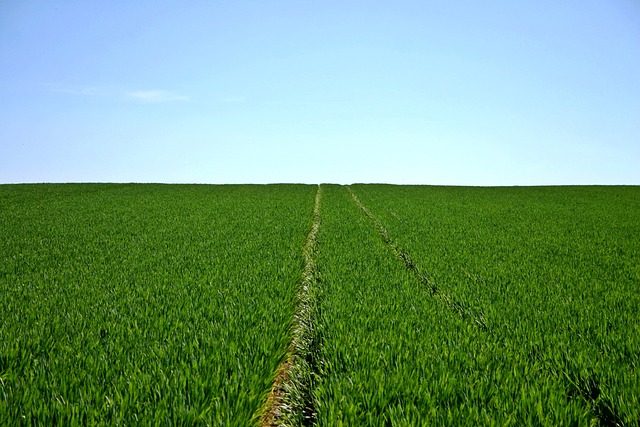USDA researchers are studying how continuous cropping systems may help sustain yield and decrease greenhouse gas emissions.
Researchers at the USDA Agricultural Research Service (ARS), Northern Plains Agricultural Research Laboratory (NPARL), in Sidney, Montana, have concluded a study that demonstrates how continuous cropping systems can help sustain crop yields while significantly reducing greenhouse gas (GHG) emissions in semi-arid regions.
Led by NPARL scientists Upendra M. Sainju, Brett L. Allen and Jalal D. Jabro, the study evaluated the impact of three long-term (34 years) dryland cropping systems on both crop yields and GHG emissions in the U.S. northern Great Plains. The research focused on assessing innovative cropping practices like continuous cropping, which involves annual planting and eliminates the summer fallow period (an unplanted field), to better understand their role in reducing emissions and maintaining sustainable crop production.
“The study revealed that long-term no-till continuous cropping systems can reduce GHG emissions while sustaining crop yields compared to the conventional till crop-fallow system, which is the traditional two-year crop rotation of dryland farming in the Northern Great Plains,” Sainju said in a recent news release.
As global demand for agricultural production rises, minimizing GHG emissions from croplands has become a critical priority. Agricultural practices, including cropping systems, nitrogen-based fertilizers, and management techniques, contribute to the sector’s approximately 10% share of total GHG emissions, including nitrous oxide (N2O) and methane (CH4). Innovative agricultural strategies, like continuous cropping, aim to address this challenge by maintaining or boosting yields while lowering emissions.
The study, conducted over 34 years, compared three dryland cropping systems: no-till continuous spring wheat, no-till spring wheat-pea rotation, and conventional till spring wheat-fallow. Researchers measured GHG emissions (N2O and CH4) at intervals ranging from twice a week to once a month throughout the year, along with carbon sequestration rates from 2012 to 2019 and crop yields, GHG balance and yield-scaled GHG balance from 2016 to 2018.
The results showed that no-till continuous cropping systems reduced the net GHG balance by 66-149% compared to the conventional till crop-fallow system, making them a more sustainable option.
Sainju elaborated on the two no-till continuous cropping systems: “Although the no-till continuous nonlegume cropping increased carbon sequestration rate and reduced GHG balance and yield-scaled GHG balance, it reduced crop yield due to increased weed and pest pressure and enhanced soil acidity compared to the no-till legume-nonlegume rotation. Therefore, no-till legume-nonlegume rotation is an ideal cropping system to enhance crop yield and reduce GHG emissions compared to no-till continuous nonlegume cropping system in dryland cropping systems of the U.S. northern Great Plains.”
This research is part of USDA-ARS’s ongoing long-term study of dryland cropping systems. For more details, the latest study is published in the Journal of Environmental Quality.











